The Art of Silviculture
19 septembre 2016 15:18 1 commentaire
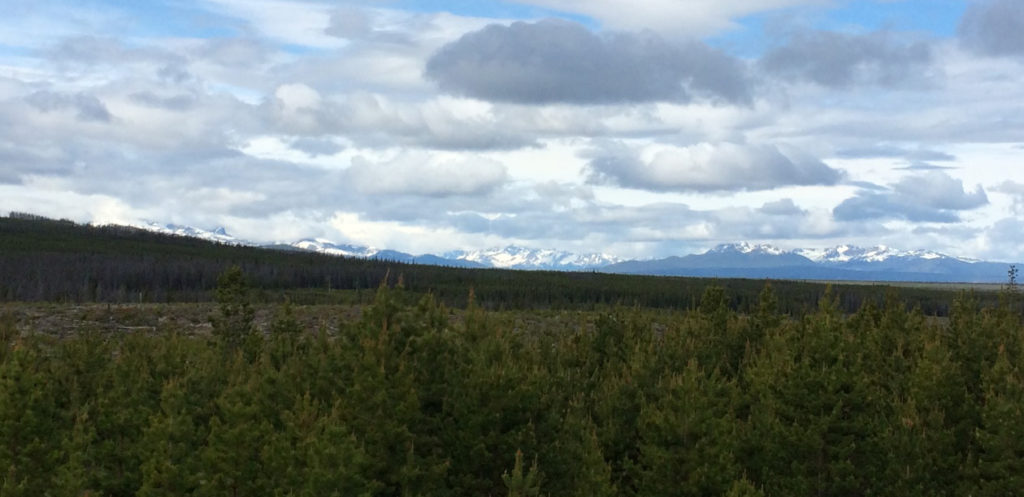
Figure 1. Hectares and hectares of cutblocks strech across the landscape west of the Fraser River. These areas will now need attention to detail for up to 20 years. The never changing mountains in the backdrop remind us of the time and patience that must be given in silviculture.
My main role at West Fraser has included mostly silviculture work. This field in forestry relates to how the landscape is managed post-harvest, and from what I’ve experienced and witnessed working under Silviculture Forester, Sue, it is truly an art. As a silviculture forester, you have to be so in tune with the forest and passionate about the ecology of the landscape. Along with an extensive knowledge in ecology, you need to have a technical and logistical business and math ability. It also requires the skills to work efficiently with contractors and a whole lot of patience! As promised in my Roserim Forest Nursery Blog (check it out if you haven’t already), here are a few job highlights from my time in this department.
Note: I am sad to tell you guys this but I was not diligent with my photography for all these tasks so unfortunately there isn’t a whole lot to illustrate my text for this blog. I’ll try to paint with my words today but I hope you enjoy anyways!
Free to Grow Recces
“Free to Grow” is a guiding principle in silviculture. Free growing basically means that a stand has been re-forested according to specific government guidelines. The idea is that once the young trees meet these standards, they should have no issues continuing to grow into mature trees. These guidelines account for heights of trees, spacing between trees, and levels of competing vegetation. My role in this technical area was doing recce work, meaning we walked the ground in regenerating blocks and did plots and visual scans to determine if the blocks were on their way to meeting the standards. Sue would then schedule a professional final survey of the block sometime in the future, accordingly. Once a block is declared free growing, West Fraser has theoretically met its reforestation obligations, and are thus able to return the care of the block to the government. This process can take up to 20 years post harvest.
Here is some information on the free to grow guidelines in the Craiboo region (be warned! Government documents are sometimes challenging to read and understand!): https://www.for.gov.bc.ca/tasb/legsregs/fpc/fpcguide/FREE/EFG-Car-print.pdf
Natural Regeneration Surveys
I’ve chatted with you guys briefly about this over the summer, but basically these surveys include determining the amount and vigor of naturally regenerating trees before harvest. This survey is done in random plots throughout a planned block and it is usually pine that is being considered. You have to decide if there is enough regen in the block or in areas of the block to protect during harvest. If there is, then it’s good to protect the regen so that it doesn’t get damaged during harvest and can then become mature timber. Having a block that is somewhat stocked immediately after harvest can greatly reduce silviculture costs and planting costs.
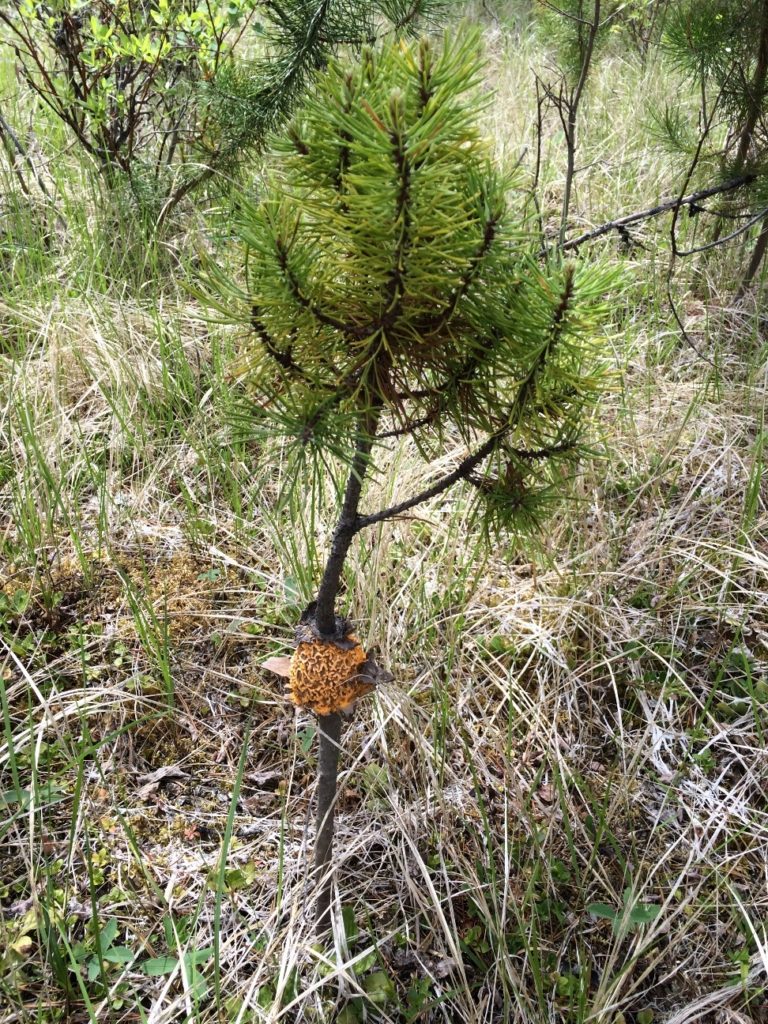
Figure 3. An example of a young pine with obvious poor vigor. This tree is infected with Gall Rust, a common fungus that can kill and dement trees (you can see that this tree is already growing funny from the gall). If a patch of regen is hit with gall, we will not save it during harvesting. The galls are not always so easy to spot; when they aren’t sporing, they shrivel up and turn the same colour as the bark.
Brushing Layout
Brushing is a silviculture treatment applied several years after planting if there is vegetation impairing the growth of the trees. A crew with brushing saws (giant weed-whackers!) will come into a block and follow the treatment plan designed and approved by a silviculture forester. They basically cut down all the problematic vegetation, which gives the trees a chance to take off and outgrow the veg! This year, brushing layout targeted mostly small aspen trees. There is a large set of guidelines in regards to what to cut and what not to cut, and it’s actually very complex! Erin and I did some of this on our own by the end of the summer! You decide where needs to be brushed and where doesn’t, and hang ribbon to guide the crew.
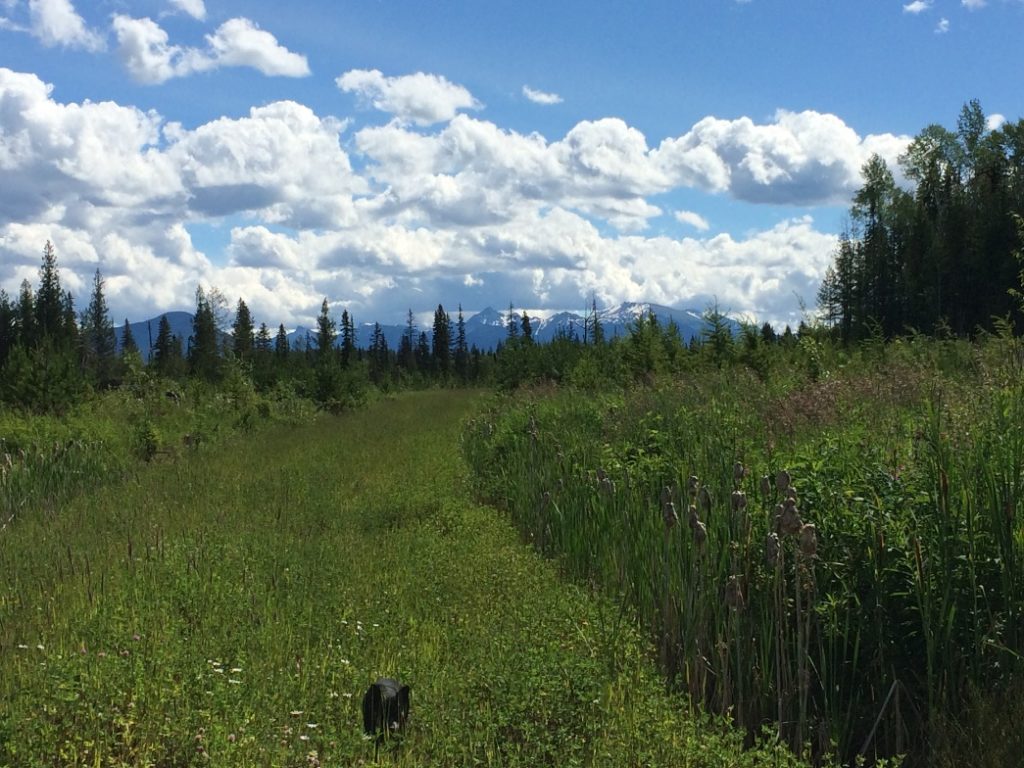
Figure 5. A great benefit of working in silviculture: the views. This day we were checking for brushing requirements in a few blocks near the town Horsefly (East of Williams Lake).
Tree Planting
During planting season, I was actually able to put a few trees in the ground myself in a small block that needed to be ‘fill planted’. This means the stocking was not high enough after the first plant, so someone has to go in and plant more. Putting a tree in the ground was a lot simpler than I thought, but the spacing, ideal microsites, and other factors makes planting quite tough! Let’s just say I’m really glad I was still on my salary for the day and not getting paid per tree.
Planting Checks/Surveys
After a block is planted, we survey it within the same season to decide the quality of the plant. This is done with random plots throughout the block and through the use of a neat program called PlantWizard. We record information such as amount and species of trees planted, and any planting errors such as “too deep”, “too shallow”, “poor microsite”, and “excess trees planted”. PlantWizard generates statistics and determines the % quality, and how much of the full payment the planting company will be receiving. This was a really fun part of my summer because we travelled all over the Cariboo and went to many different blocks every day.
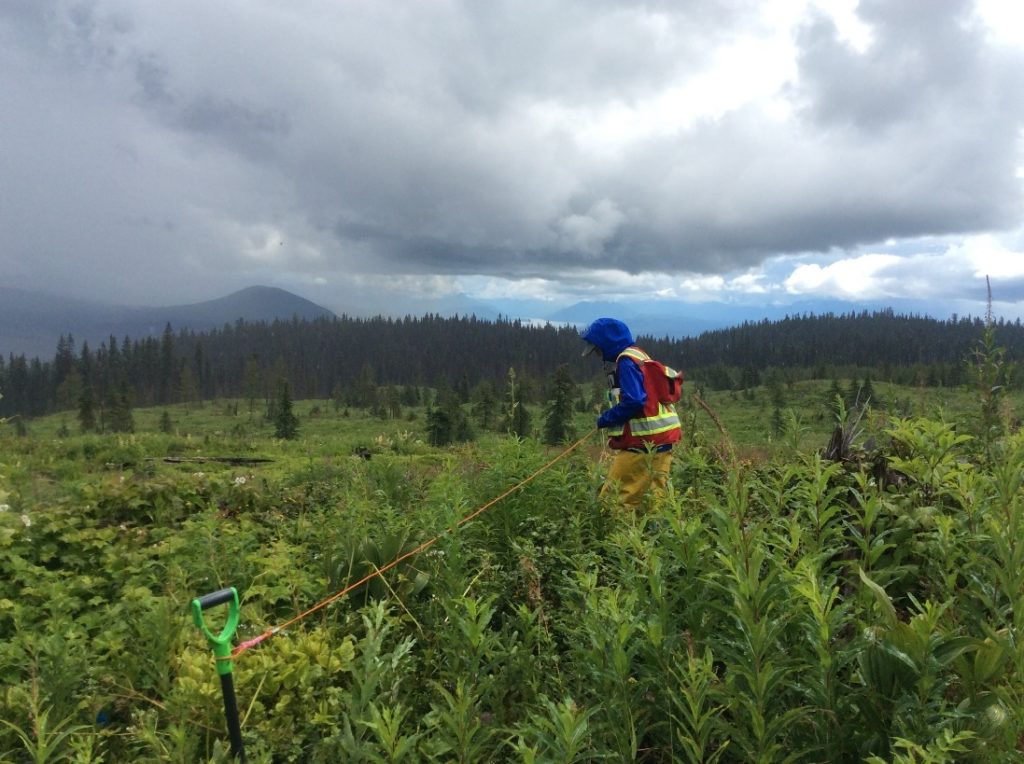
Figure 6. You’ve heard me talk about plots all summer; this is what it actually looks like. Here, I’m doing a plant check plot, but the same shovel and cord are used for all the other type of plots I did! We stick a planting shovel in the ground with a 3.99 meter cord attached to it. It is only the trees that land within this plot that we count for statistic purposes. We did about 14 plots in this block. It was a great challenge trying to find the freshly planting trees in this heavy vegetation. I imagine it was more difficult for the actual planters!
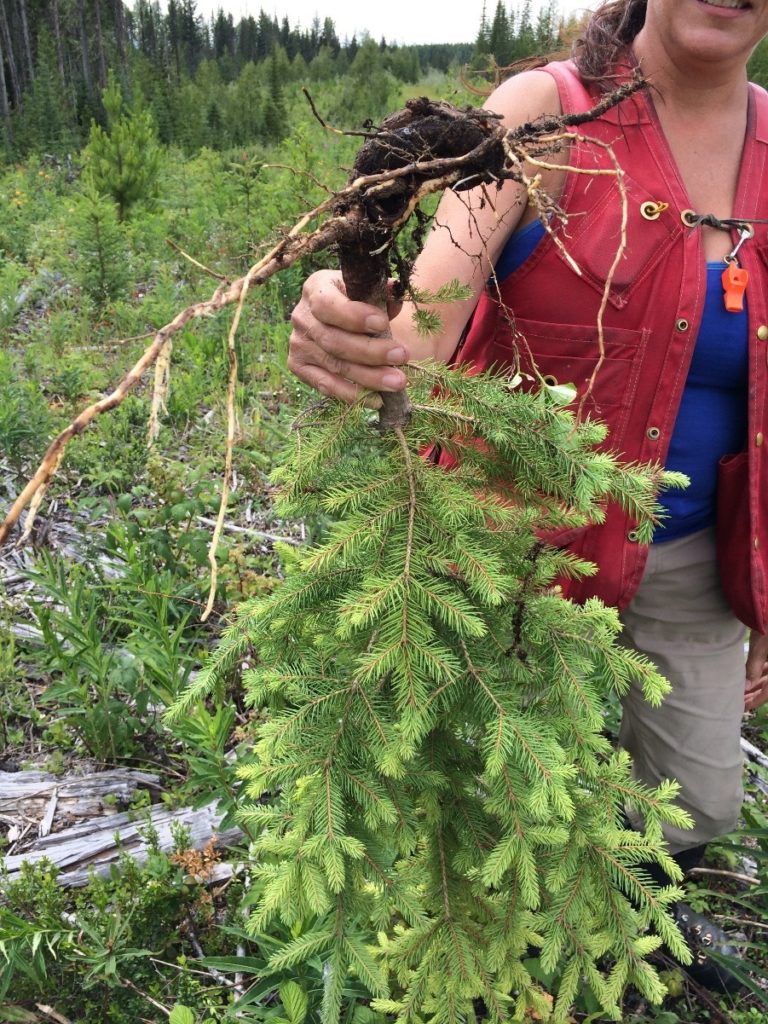
Figure 7. This is an example of why plant checking is so important. This young spruce was planted incorrectly several years ago by being stuffed too hard into the ground, creating what we call a J-root. This will eventually inhibit the tree from reaching full potential and efficiency in nutrient/water uptake.
Planting Reports
My final project in silviculture was generating planting reports for all of the blocks we did planting surveys on this year. A planting report is usually a three page document that includes a cover page with a summary of information on it, a payment certificate that is generated in PlantWizard, and a map with plot locations on it. This seems pretty simple but there is a lot of math and computer work put into it! I did really enjoy having a couple office days to put these together, and I enjoyed seeing a final product of my work.
Final thoughts…
Silviculture is intense. It is complex and difficult but it is also very rewarding and fun. I enjoyed my time in this field, and I gained a multitude of skills and knowledge. Along with a huge variety of experiences, I also received something even more meaningful: truly outstanding mentorship. Sue took the time during her busiest season to expose Erin and I to as many aspects of her job as she could. She gave me pride in quality work, showed me the value in paying attention to detail, and took every possible opportunity to create learning experiences for us. Sue added a lot of value to my summer work term with West Fraser and I hope that every student in forestry has an opportunity to learn from someone like her throughout their careers.

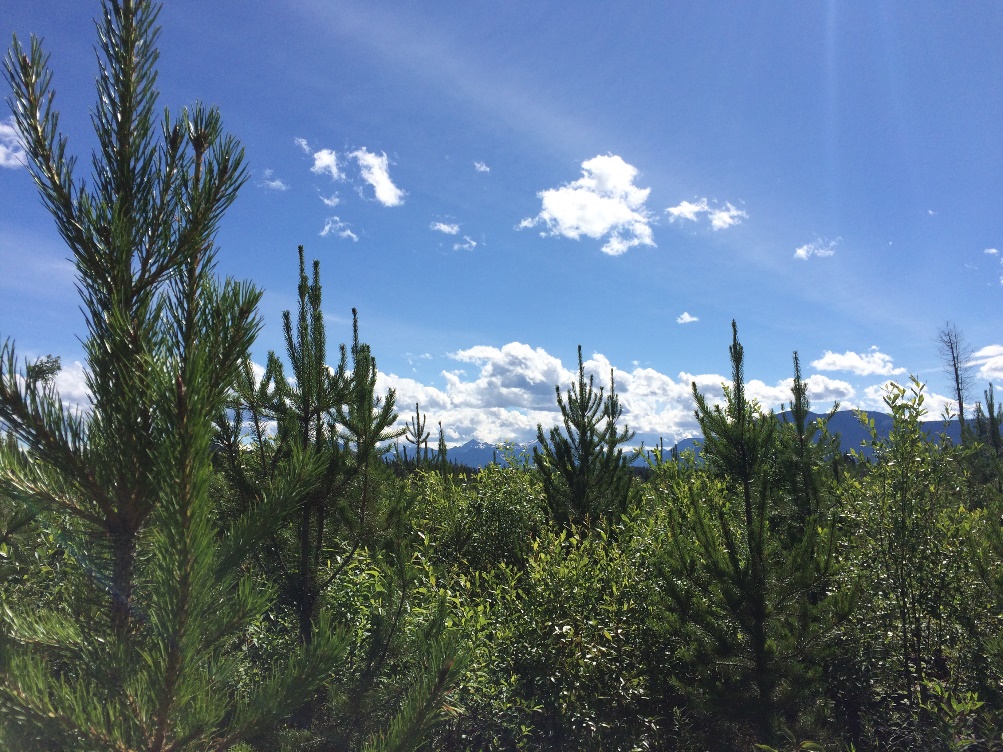
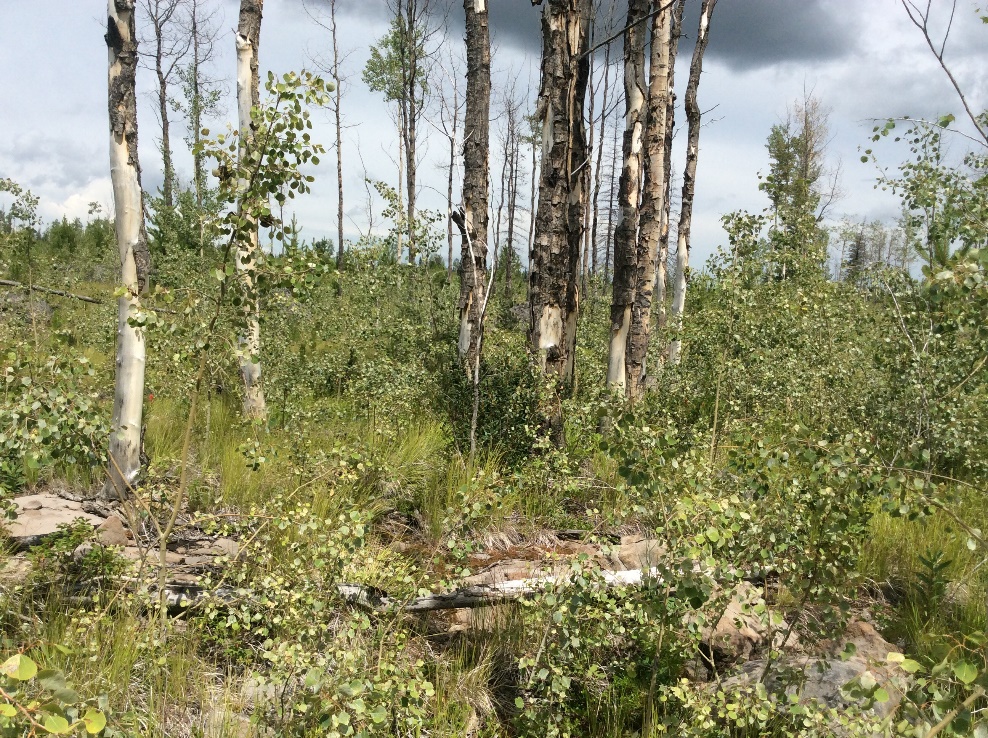
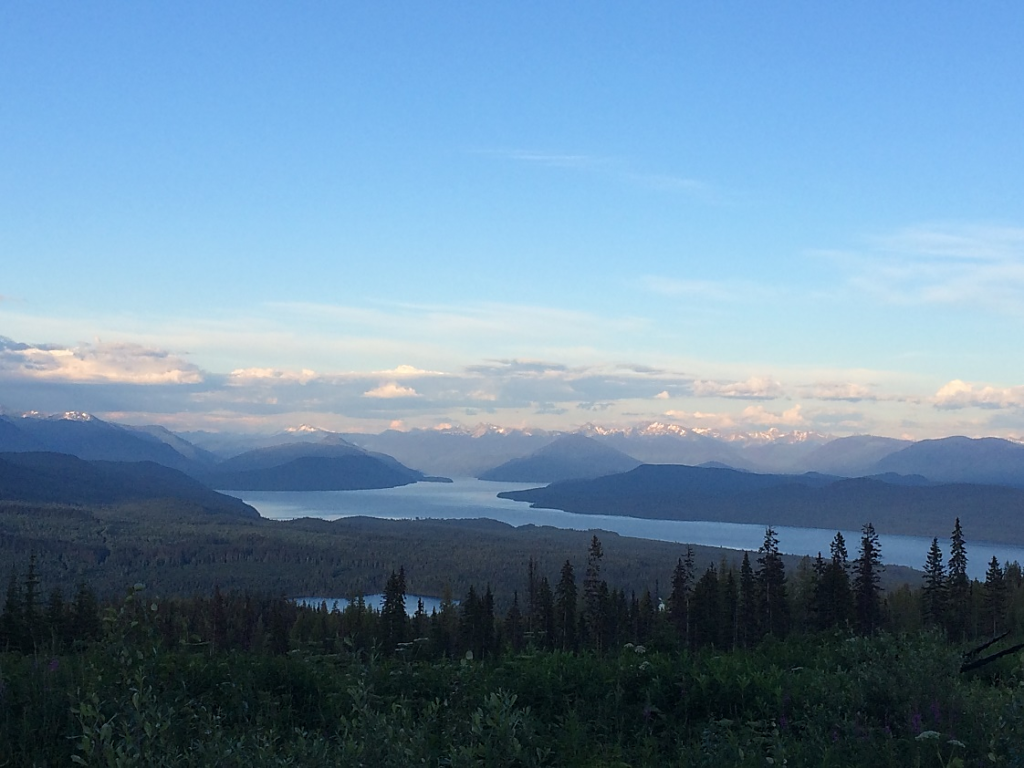
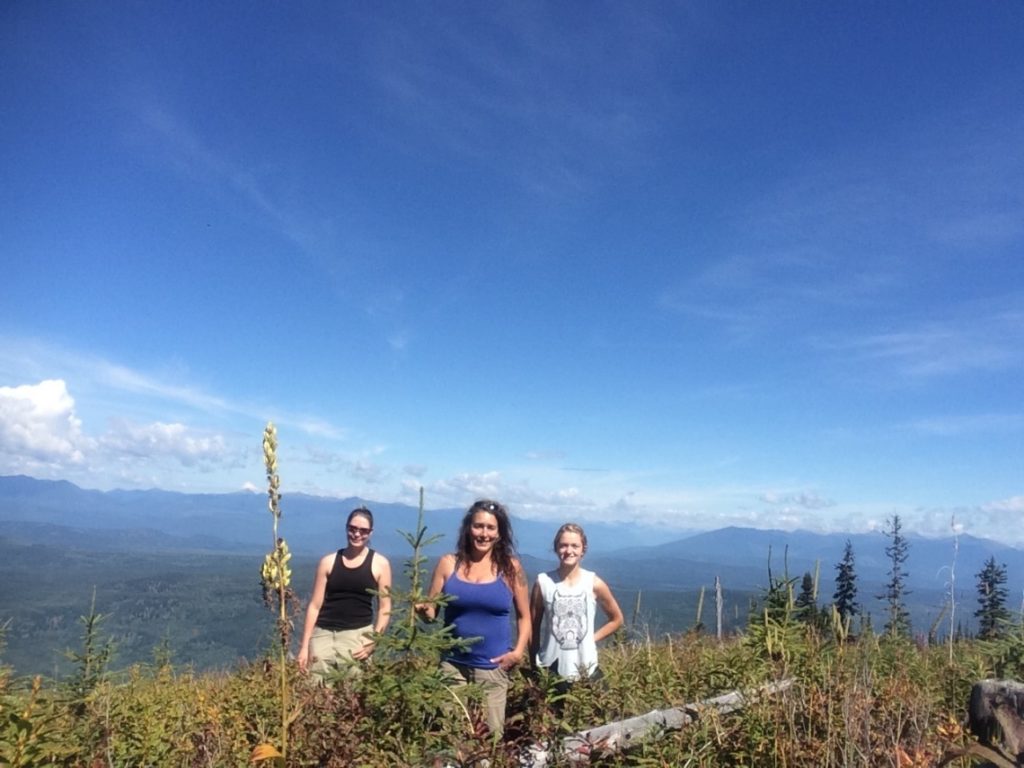
1 commentaire
How did she know she know the tree had a « J » root before yanking it up and over?